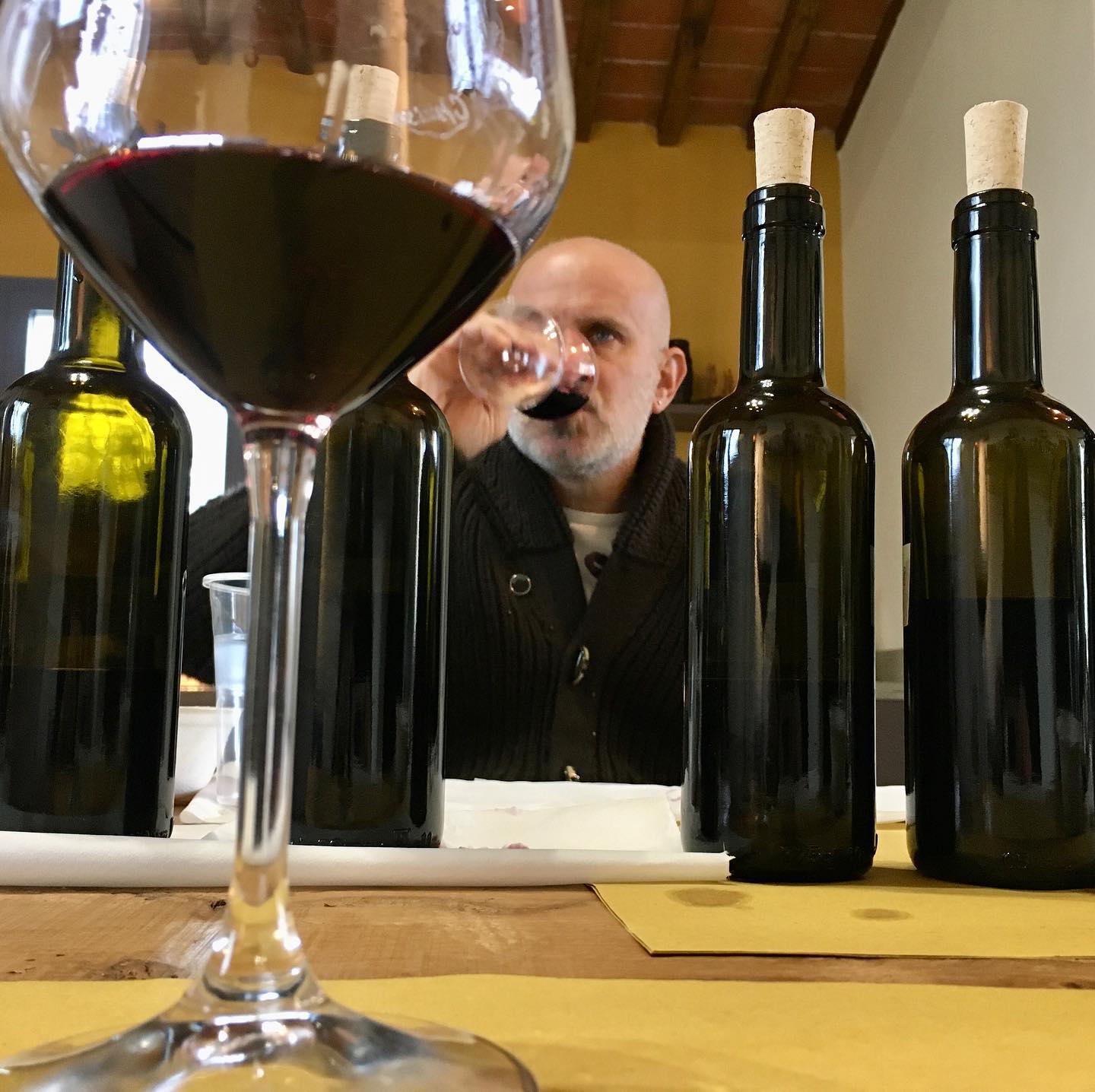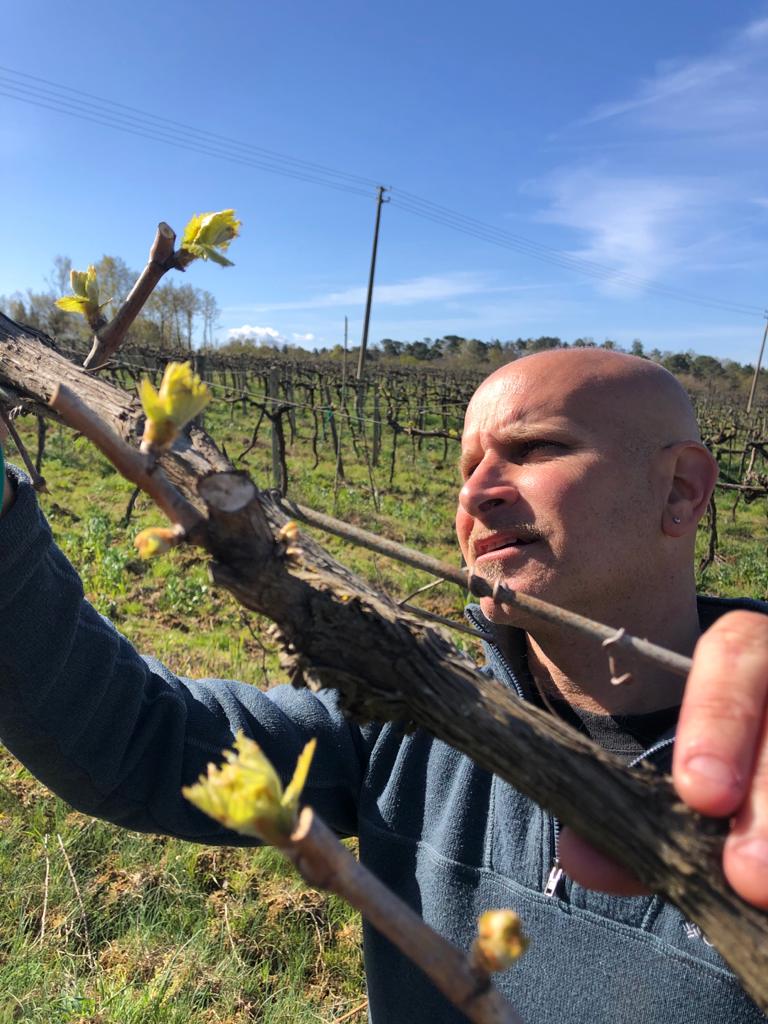The Wolf Post, supported by a Cultural Association, offers a professional service with free access, without subscription.
For this reason, a donation would also be a sign of appreciation for our work.
The primary goal of an oenologist is to be able to give the owner of the winery and, therefore, also to the final consumer, the “perfect wine”, enhancing and optimizing the fruit of the gods: the grapes.
Does the “perfect” wine really exist? Someone has defined the perfect wine as that which meets the favor of producers, others that of consumers. There are also those who argue that the perfect wine is the one without defects. Yet, we know that, sometimes, a small imperfection can turn into an added value, an example of all “bretted” wines, loved and hated at the same time.
By adding a new chapter to the column, which gives a voice to winemakers, we turn to the most authoritative source to understand if the perfect wine exists and to what extent.

© Ph. Dario Parenti Enologo
Who better than an oenologist can know the fatigue and the many variables that affect the production of wine from the vineyard to bottling. Yet, often, the most ruthless judgments about wine come from those who only taste the final product without having witnessed the entire production process. For this reason, only an oenologist can really know if there is a “perfect” wine and when it can be defined as such, according to his experience.
I would say never. It is pure utopia to imagine a perfect wine. Both because the evaluation of wine quality is subjective and because the aspects on which the concept of quality lies are many and not always measurable between them.
Is there a defect that you are particularly afraid of?
The imbalance. This means having the perception of a wine that expresses excessively, and without grace, an aspect that, if it were not grossly out of scale with respect to other sensory aspects, could also be pleasant. The first example that crosses my mind is that of wines that are excessively dominated by hints of wood.

© Dario Parenti
What are the operations, or strategies, that you implement to prevent this problem from arising?
Through constant monitoring of wines in aging, following their evolution, making sure that the wood is effectively routed along a path of integration that will then continue in the bottle.
Your thoughts on “Brett” wines: are they undoubtedly defective wines or are they an interesting experience?
Here too it is a question of balance and even, often, Brettanomyces can also give pleasant scents. The problem is that the production of ethyl phenols and guaiacols by these yeasts can have an uncontrolled development, both in the cellar and in the bottle. Given that cellar cleaning is the first preventive action to be implemented against these potential defects, the main tools on which to play remain filtration and management of sulfur.
But considering that the filtrations designed to eliminate the Brett wines impoverish the wines at the same time and that we must try to use as little sulfur as possible, as in a Game of the Goose, we are back to the starting point: cleaning in the cellar!








